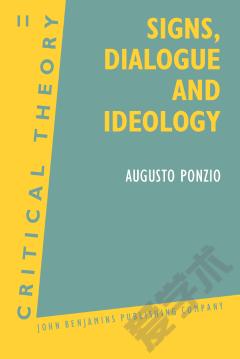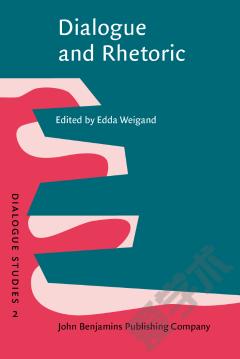Signs, Dialogue and Ideology.
Signs, Dialogue and Ideology illustrates and critically examines — both historically and theoretically — the current state of semiotic discourse from Peirce to Bakhtin, through Saussure, Levinas, Schaff and Rossi-Landi to modern semioticians such as Umberto Eco. Ponzio is in search of a method to construct an appropriate language to talk about signs and ideology in this “end of ideology” era. Ponzio aims at an orientation in semiotics based on dialogism and interpretation by calling attention to the widespread transition from the semiotics of decodification to the semiotics of interpretations of signs which are not constrained by the dominant process of social reproduction. To this end the author draws on the literature on 'dialogue', 'otherness', 'linguistic work', 'critique of sign fetishism', and 'interpretative dynamics'. Critique of identity and critique of the subject reaffirm the 'objective', the material, the signifiant, the interpreted sign, the opus; i.e. the 'Otherness' as opposed to the expectation of exhaustiveness in the creation and interpretation of sign products.
{{comment.content}}








 京公网安备 11010802027623号
京公网安备 11010802027623号